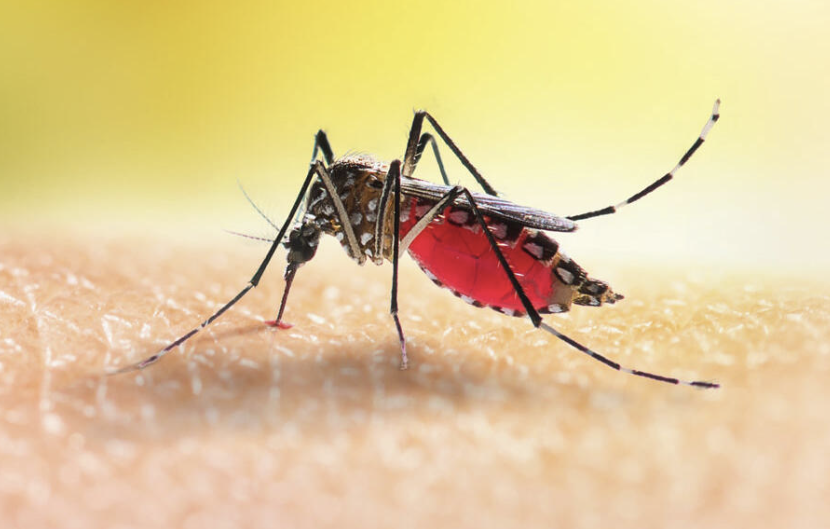Malaria, one of the world’s deadliest diseases, has gained a new weapon in the fight against transmission following the endorsement of spatial repellents by the World Health Organization (WHO). This marks the first time in 25 years that a new category of vector control tools has been added to the global health policy framework.
The WHO recommendation identifies spatial repellents as safe, effective, and scalable interventions that can now be procured through international health channels for distribution in malaria-endemic regions. The decision follows more than a decade of research and significant investment in developing solutions that are affordable, long-lasting, and easy to deploy.
Globally, malaria continues to take a devastating toll. In 2023 alone, there were an estimated 263 million cases and nearly 600,000 deaths. Africa bears the greatest burden, with 94 percent of cases and 95 percent of deaths occurring on the continent. Children under the age of five remain the most vulnerable, making up three quarters of malaria-related deaths.
Spatial repellents represent a practical and innovative tool to reduce mosquito bites and slow transmission. Roughly the size of a sheet of paper, these devices release an active ingredient that repels mosquitoes from homes, schools, and other semi-enclosed spaces. Clinical trials conducted in Indonesia, Peru, and Kenya showed that they can lower transmission risk by up to 33 percent.
One of the leading products, Guardian™, offers protection for up to a year, making it one of the most durable tools available. Unlike insecticide-treated nets or indoor residual spraying, spatial repellents do not require large-scale, repeated campaigns. They are low-cost, simple to use, and highly adaptable to communities with limited resources.
Humanitarian organizations and health ministries have already begun integrating spatial repellents into their programs. To meet growing demand, new manufacturing facilities have been established in Nairobi with the capacity to produce 20 million units annually, while an additional plant in Argentina is expected to double production to 40 million units a year.
The inclusion of spatial repellents in WHO’s malaria control arsenal is a milestone in global public health. While not a stand-alone solution, they complement existing tools such as bed nets, medicines, and vaccines. Together, these strategies could tip the balance in favor of vulnerable families across Africa, offering new hope for children who face the threat of malaria every rainy season.

